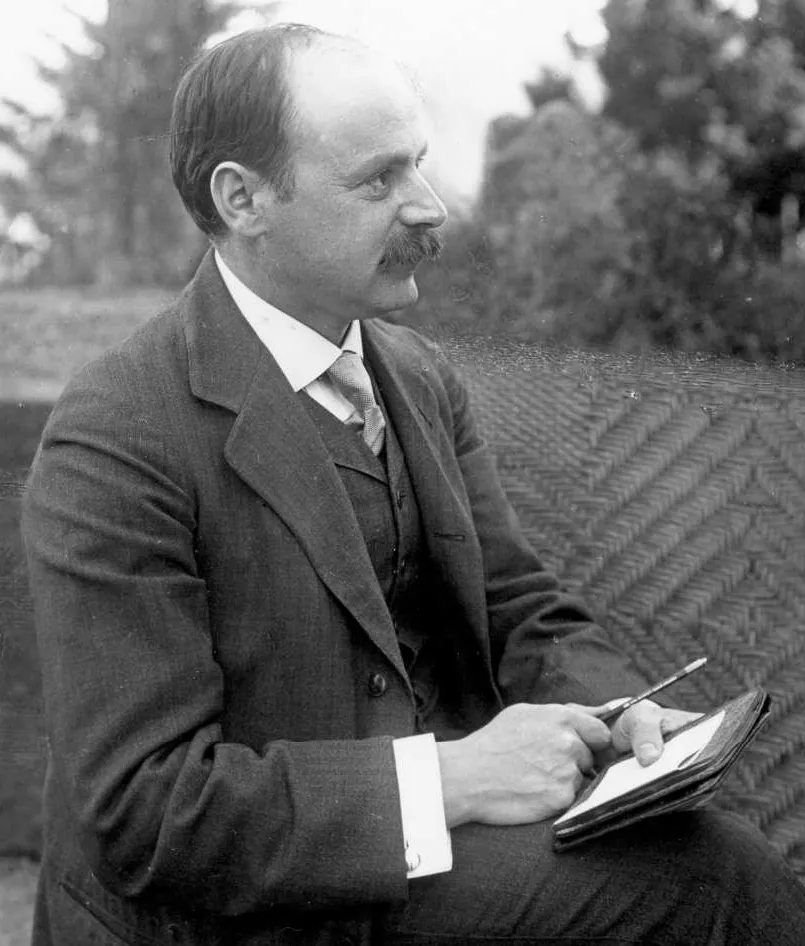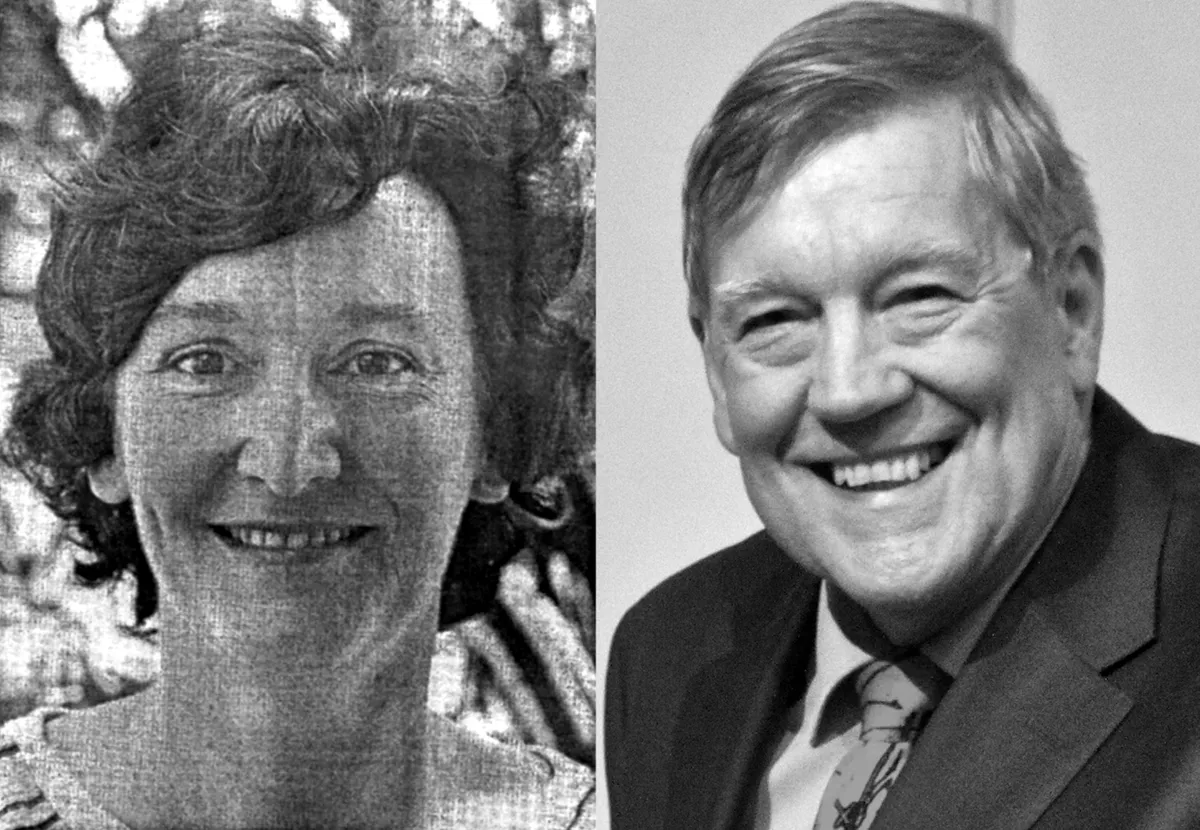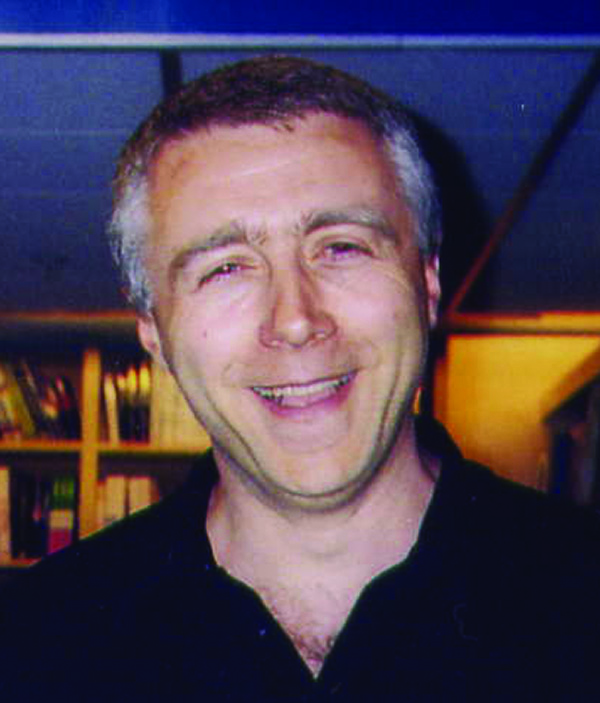Karl Schwarzschild was a professor of astronomy at Berlin Observatory who, on the outbreak of WWI, volunteered for the German army. He did not have to: he had a good job and was 40 years old. But he was Jewish, anti-Semitism was on the rise in Germany, and he wanted to prove that he was just as German as everyone else.
Schwarzschild ran a weather station in Belgium, calculated shell trajectories with an artillery battery in France and, at the end of 1915, found himself on the Eastern Front. There, he developed blisters in his mouth. They spread over the whole of his body and he was sent to a field hospital, where he was diagnosed with Pemphigas vulgaris, a rare autoimmune disease in which the immune system attacks the skin.
Read more:
- The M87 image will change our understanding of black holes, but why was the photo so hard to capture?
- Everything you wanted to know about black holes (and where to find them)
Schwarzschild knew it was serious because the skin is the largest organ. It is through the skin that heat is lost and so, when it is compromised, it is not possible to control body temperature. Also, the skin is a barrier against microorganisms and so, when that barrier is breached, a person is prone to life-threatening infection. The condition remains incurable today, although it can be treated with steroids. But in 1915 there was nothing.
To distract himself, Schwarzschild turned to physics. Back in Berlin, he had been aware that Albert Einstein was working on a revolutionary new theory of gravity. And when he learned that Einstein had presented it in four lectures in November 1915, he obtained and devoured a written summary.
From Newton to Einstein
Isaac Newton imagined that there was a force of gravity between the Sun and Earth, like an invisible tether that kept Earth trapped in orbit. Einstein realised this was incorrect. In fact, a massive body like the Sun creates a valley in the space-time around it, and Earth travels around the upper slopes of the valley like a roulette ball in a roulette wheel.
Einstein was amazed to receive a letter from the Eastern Front, and even more amazed to find a solution to his equations
Einstein had replaced Newton’s one equation describing gravity by 10. So working out how space-time is warped by a given mass was very difficult. But, incredibly, Schwarzschild found a formula for the valley-like space-time curvature caused by a spherical mass like a star. He sent it to Berlin.
Einstein was amazed to receive a letter from the Eastern Front, and even more amazed to find a solution to his equations, which he had considered impossible. The following week he presented the results at the Prussian Academy.
But Schwarzschild had not finished.
Einstein unconvinced
Lying in his hospital bed, Schwarzschild further realised that, if the mass of a star was squeezed into a smaller and smaller volume, the valley of space-time around it would become steeper and steeper until eventually it would become a bottomless pit out of which nothing, not even light, could escape.

Today, everyone in the world knows the name of what Schwarzschild had discovered but the term ‘black hole’ would not be coined for another half century. He again sent his solution to Einstein, who presented it in Berlin, although he did not believe nature would ever implement such a monstrous entity.
In the spring of 1916, Schwarzschild was moved to a hospital in Berlin, where he died. He was just 42.
Fast forward to 1971 and Herstmonceux Castle, the Sussex home of the Royal Greenwich Observatory. Paul Murdin was a young astronomer with a young family to support in need of a permanent job. He needed to make his name – and he had an inkling how to do it.
Help from Uhuru
The main problem in astronomy is that the Universe is big. There are two trillion galaxies, each with about 100 billion stars. Finding an interesting one is harder than finding an interesting sand grain among all the sand grains on Earth’s beaches. What sign might reveal that a star was unusual?
Murdin hit on X-rays. Such high-energy light would be emitted by matter heated to millions of degrees. The previous year, NASA had launched Uhuru, the first X-ray satellite, and Murdin obtained the catalogue.
He noticed there was a bright X-ray source, christened Cygnus X-1, In the constellation of Cygnus. The only unusual star in the field was a blue supergiant called HDE 226868, many times the mass of the Sun and pumping out hundreds of thousands of times more light. The star could not be the source of the X-rays – but maybe it was orbiting something that was.

Murdin’s colleague Louise Webster was measuring the speeds of stars, so he asked her to measure the speed of the blue supergiant. And, sure enough, she found it was orbiting an invisible companion, once every 5.6 days.
From the speed that the supergiant was being whirled around, this companion had to have a mass of at least four, and probably six times the mass of the Sun. The only compact stars that were known – white dwarfs and neutron stars, the latter discovered by Jocelyn Bell only four years earlier – were not massive enough. Only one candidate remained: a black hole.
Theory becomes reality
Incredibly, the monstrous, nightmare entity predicted by a man dying in a bed in a field hospital on the Eastern Front half a century earlier, actually existed in the real world! It was matter ripped from the blue supergiant and heated to incandescence as it was sucked down onto the black hole that was generating the X-rays.
Murdin and Webster wrote a joint paper in the journal Nature. Murdin got his full-time job and a new house, and became the first person in history ever to have his mortgage paid by a black hole.
- This article was originally published inBBC Science Focusin May 2019 –subscribe here
Follow Science Focus onTwitter,Facebook, Instagramand Flipboard

